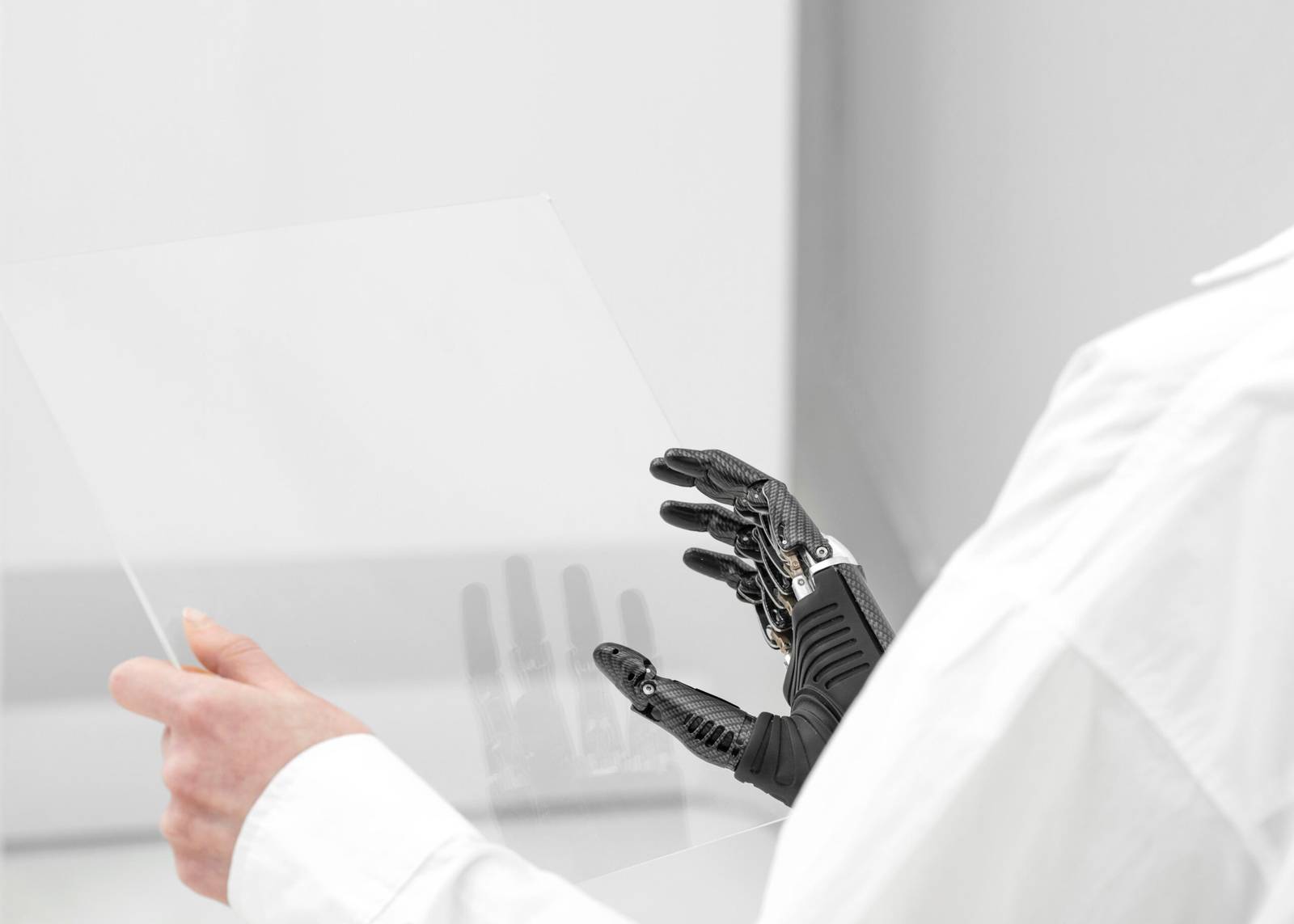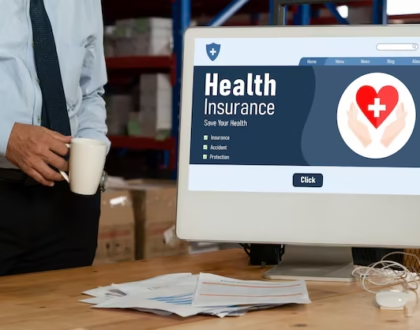The State of Robotics in Healthcare

by Web Digital
In recent years, robotics has played an increasingly pivotal role in the healthcare sector. This article delves into the state of robotics in healthcare, exploring the remarkable advancements, applications, and potential it holds for revolutionizing the way we deliver and receive medical care.
1. Robotic Surgery
One of the most significant breakthroughs in healthcare robotics is robotic-assisted surgery. These systems, such as the da Vinci Surgical System, have been used for minimally invasive procedures in various medical fields. The precision and dexterity of robotic arms controlled by skilled surgeons offer a level of precision and control that was previously unattainable. Patients benefit from smaller incisions, reduced pain, shorter hospital stays, and quicker recovery times. Robotic surgery has been employed in procedures ranging from heart surgeries to gynecological operations, and its applications continue to expand.
2. Telemedicine and Telehealth Robots
Telemedicine has witnessed exponential growth, particularly during the COVID-19 pandemic. Robots designed for telemedicine and telehealth have played a crucial role in bridging the gap between patients and healthcare providers. These robots enable remote consultations, monitoring, and diagnostics, connecting patients with healthcare professionals even when they are miles apart. Whether it’s providing video consultations, medication reminders, or even taking vital signs, telemedicine robots are becoming indispensable for delivering care in a rapidly changing healthcare landscape.
3. Rehabilitation and Physical Therapy Robots
Rehabilitation and physical therapy robots are transforming the recovery process for patients with various physical impairments. These robots assist patients in regaining strength, mobility, and independence. Exoskeletons, for example, are wearable robotic devices that support and enhance a person’s movements. They are used in spinal cord injury rehabilitation and stroke recovery. Robotic devices for rehabilitation are not only more consistent in their movements but also have the ability to collect data, providing therapists with valuable insights into a patient’s progress.
4. Robotics for Elderly Care
With aging populations in many parts of the world, the demand for elderly care is increasing. Robots are stepping in to address this challenge. Companion robots, like PARO, offer emotional support and social interaction for the elderly. Robotic lifts assist in transferring elderly patients from beds to chairs, reducing the risk of injury to both the patient and caregiver. These robots not only enhance the quality of life for the elderly but also alleviate the burden on healthcare providers and family members.
5. Pharmacy and Medication Management Robots
Pharmaceutical robots are automating various aspects of medication management. These robots can sort, package, and dispense medication with incredible accuracy, reducing the chances of human error. Automated pharmacy systems are particularly valuable in hospitals and long-term care facilities, where multiple medications are administered to numerous patients daily. Furthermore, robots are being employed in the preparation of intravenous (IV) medications, ensuring sterility and precision.
6. Diagnostic and Laboratory Robots
In diagnostic and laboratory settings, robots are becoming essential for tasks that require precision, consistency, and speed. Automation in these areas helps reduce the turnaround time for test results, ensuring timely diagnoses and treatments. For example, robots can handle specimen processing, sample analysis, and high-throughput testing. In a world where rapid and accurate diagnostics are critical, robotic systems play a critical role in the healthcare ecosystem.
7. Healthcare Delivery and Logistics Robots
Robots are being used to streamline healthcare delivery and logistics. Autonomous delivery robots can transport medications, supplies, and equipment within hospitals, reducing the need for human personnel to perform such tasks. This not only minimizes the risk of disease transmission but also increases efficiency in healthcare facilities. Robots can also help with inventory management, restocking, and managing medical records, optimizing the operational aspects of healthcare institutions.
8. AI and Machine Learning in Healthcare Robotics
Artificial intelligence (AI) and machine learning have become indispensable tools in healthcare robotics. These technologies enable robots to process and analyze vast amounts of data, providing insights for personalized patient care. AI-driven robots can assist in diagnosis, treatment planning, and predictive analytics. They can also monitor patient data in real time, alerting healthcare providers to any concerning trends or anomalies. The integration of AI and machine learning with robotics has the potential to revolutionize healthcare by making it more data-driven and patient-centric.
Challenges and Ethical Considerations
While the growth of robotics in healthcare brings numerous advantages, it also raises certain challenges and ethical considerations. Privacy concerns, the security of medical data, the potential for job displacement, and the need for regulatory oversight are critical issues that must be addressed. Ensuring that these advancements are used responsibly and for the benefit of patients is essential as the field of healthcare robotics continues to evolve.
The Future of Robotics in Healthcare
The state of robotics in healthcare is continually advancing, and its future is filled with promise. We can anticipate the development of even more sophisticated surgical robots, advanced AI-driven diagnostic tools, and robotic systems that enhance patient care and well-being.
Moreover, as healthcare robotics becomes more integrated into the industry, it has the potential to reduce healthcare costs and improve access to medical care, especially in remote or underserved areas. Telemedicine robots can reach patients who were previously out of reach, and surgical robots can extend the capabilities of healthcare providers.
In conclusion, the state of robotics in healthcare is at the cusp of a transformational era. These robotic technologies are improving patient outcomes, increasing the efficiency of healthcare delivery, and expanding the scope of what is possible in medicine. As researchers and developers continue to push the boundaries of innovation, we can expect robotics to play an increasingly central role in the healthcare sector, ultimately improving the quality of life for patients and revolutionizing the way we approach healthcare.
Recommended Posts

Healthcare Marketing in Whitby: Building Trust Online
December 3, 2024

Oakville’s Wellness Scene: Yoga, Fitness, and Spa Retreats
October 16, 2024

Healthy Living in Oakville: Tips for a Balanced Lifestyle
October 16, 2024
